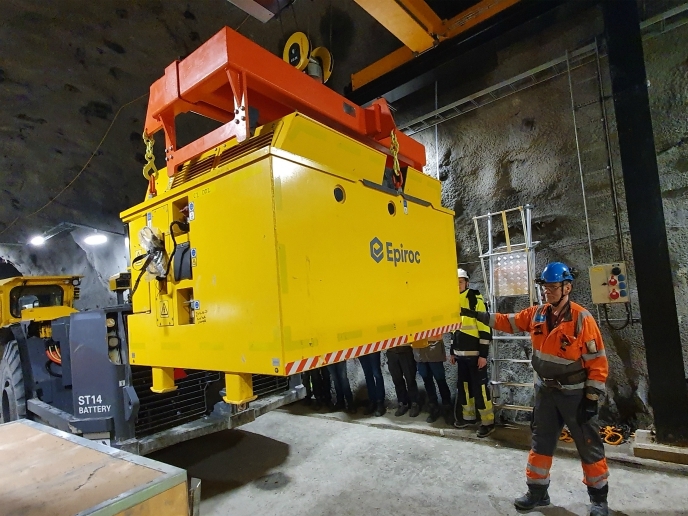Modelling combustion engines
Combustion accounts for the largest part of energy conversion processes that take place throughout the world. Accurate modelling is thus essential if the EU 2020 targets of reducing emissions from combustion engines and devices are to be met. In response to the increasing demand for reliable simulation tools for reactive flows, scientists initiated the EU-funded project 'Combustion models for industrial applications' (COMBINA). Project partners from five countries joined forces to develop advanced models for premixed, partially premixed and spray combustion. The premixed combustion model was based on a turbulent flame/speed closure modelling approach (Bray–Moss–Libby (BML)) that was implemented on the computational fluid dynamic software FINE/Open. To simulate premixed flames with dilution or partially premixed combustion, scientists coupled BML with the flamelet fraction approach. An alternative to the hybrid BML–flamelet modelling was the flamelet generated manifold (FGM) method. Developed models were validated on a series of test cases ranging from analytical verification and specific flame configuration to complex industrial test cases. All these models are available on the software tool through a user-friendly graphical user interface. To model evaporating sprays, scientists integrated a Lagrangian module to FINE/Open and coupled it with the developed combustion modules. In addition to having been validated on a series of elementary spray flames, it was used for simulating two aero engine combustors. Results demonstrated that the FGM is a more suitable approach for simulating spray combustion processes compared to the flamelet method. To generate suitable data for validating numerical spray models, a project member performed measurements of cold Jet A1 fuel sprays for various discharge pressures. The droplet size distribution was measured through interferometric particle imaging. Project partners also produced a replica of a premixed industrial burner and performed measurement for various swirl numbers to validate the models of premixed combustion. COMBINA offered university partners the opportunity to test advanced models in an industrial environment, which so far have only been applied with codes on simplified configurations. Project results were disseminated through a workshop presentation and the workshop website(opens in new window).







